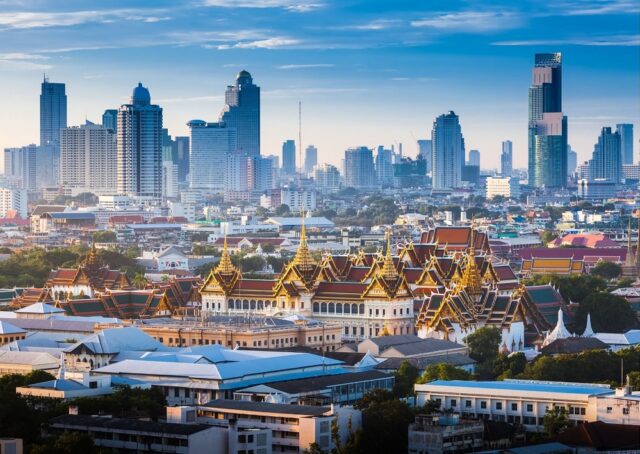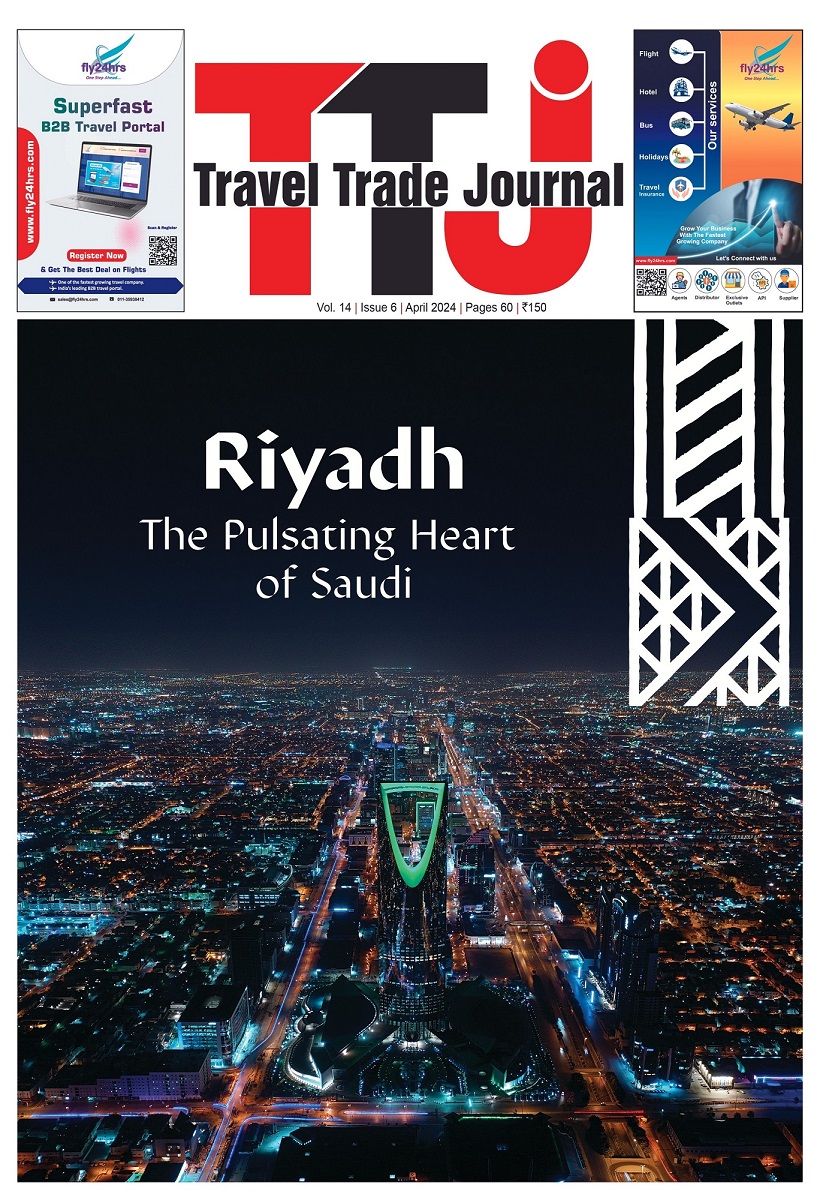Thailand is likely to ease visa rules for Indian and Chinese travellers and allow longer stays for visitors from all nations as new Prime Minister Srettha Thavisin looks for ways to boost tourism revenue to nearly $100 billion next year.
Chinese — the largest group of visitors before the pandemic — face a costly and cumbersome visa application process, which has been a drag on the tally this year, according to the premier. Meanwhile, travellers from India must pay 2,000 baht ($57) for a 15-day visa on arrival. Srettha said he wants the list of visa-exempt countries expanded as well as increased stay limits for most international travellers, with caps of 15 days or 30 days for many nationalities.
Srettha discussed options with executives of Airports of Thailand Pcl and several airlines on Monday, with the near-term aim of attracting more foreigners in the fourth quarter, typically the peak season for tourism. The airport operator agreed to reduce bottlenecks to augment flight capacity by 20 per cent and find ways to speed up immigration clearances, Srettha said on X, the platform formerly known as Twitter.
The new government aims to lift revenue from foreign tourists to 3.3 trillion baht next year, with the travel industry offering “the best short-term economic stimulus,” Srettha said. Tourism accounts for about 12 per cent of gross domestic product and nearly a fifth of jobs, according to Bank of Thailand data.
Thaneth Tantipiriyakij, president of the Phuket Tourism Association, said scrapping the application fee would be ideal than giving visa exemptions to visitors from China and India. That message was conveyed to the prime minister during a weekend meeting in the island province that included travel-sector leaders.
“Visa fee exemptions are a ‘quick win’ for tourism,” said Thaneth, adding that international visitors to Phuket through July were about 70 per cent of pre-pandemic totals, but the “Chinese arrivals recovery rate is only 30 per cent.”
On Wednesday, Srettha met with representatives of the transport industry to discuss ways to expand tourism across all regions. He also took stock of the situation in popular tourist destinations such Chiang Mai and Chiang Rai, and steps to prevent a repeat of the severe air pollution that hurt the industry this year, the premier said in a statement.
Nationwide, foreign-tourist arrivals will be about 30 million in 2023, almost triple last year’s 11.2 million, according to Nomura Holdings Inc. The tally has already topped 17.5 million, the Ministry of Tourism and Sports said Tuesday.
But the return of Chinese has been slower-than-expected even though China was the largest source of travellers last month at nearly 420,000. In 2019 before the pandemic, about 28 per cent of the record 40 million foreign arrivals to Thailand were from China, generating about 1.9 trillion baht in revenue in the process.
The lag in Chinese arrivals stems partly from stringent e-visa requirements introduced in May, especially for group travellers, Nomura analysts including Euben Paracuelles said in a report Monday. Another hampering factor is Thailand’s reliance on tourists from lower-tier cities, which may be more sensitive to China’s worsening economic woes, they said.
To compensate, Thaneth said that his association recommended the addition of flights to Phuket and Krabi provinces, and the lengthening of visas for tourists from Belarus, Kazakhstan and Russia — who typically spend more than peers from China and Malaysia, he said.
While Srettha’s plans might be helpful at the margins, the bigger question is really about demand-side conditions. “If China’s economic outlook for instance deteriorates further and consumer sentiment weakens, the risk is these supply-side responses to attract tourists will be less effective,” Paracuelles said in a separate email.
Source: Bloomberg
















































